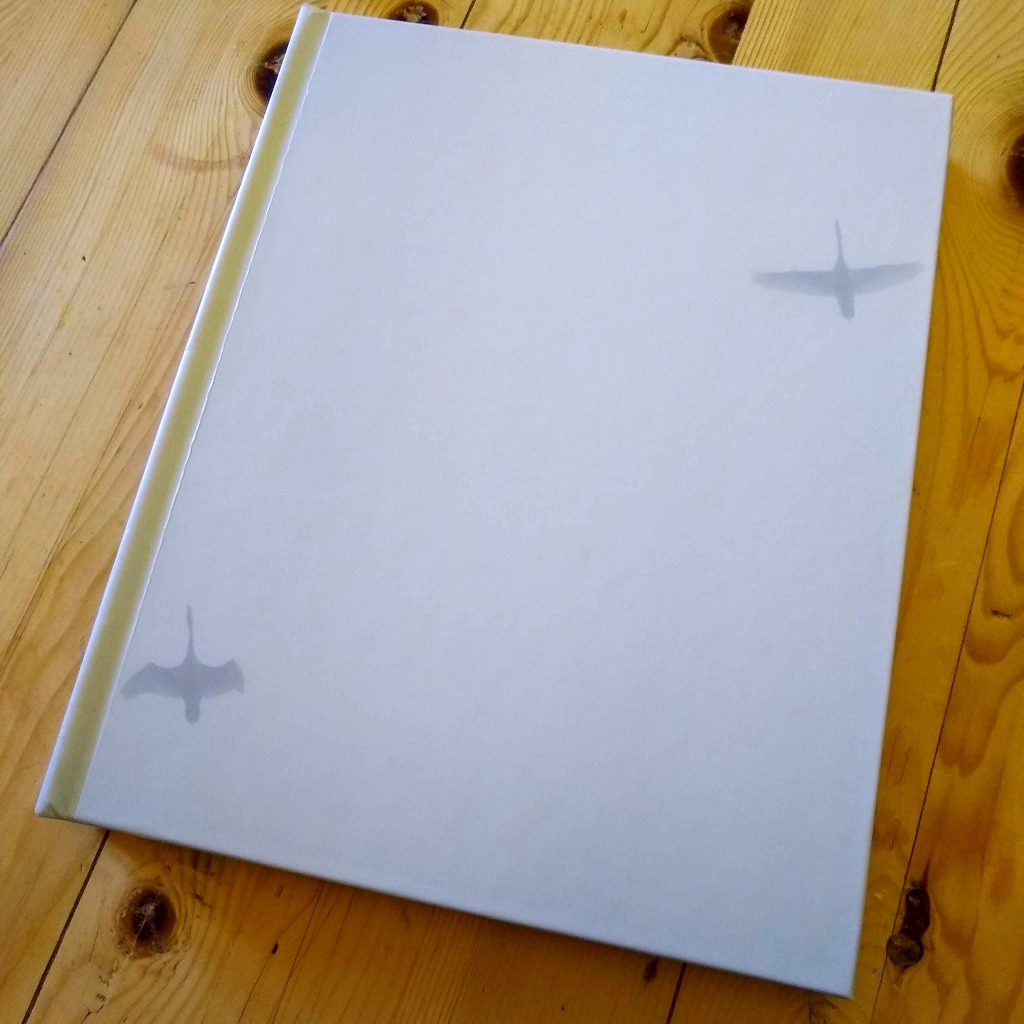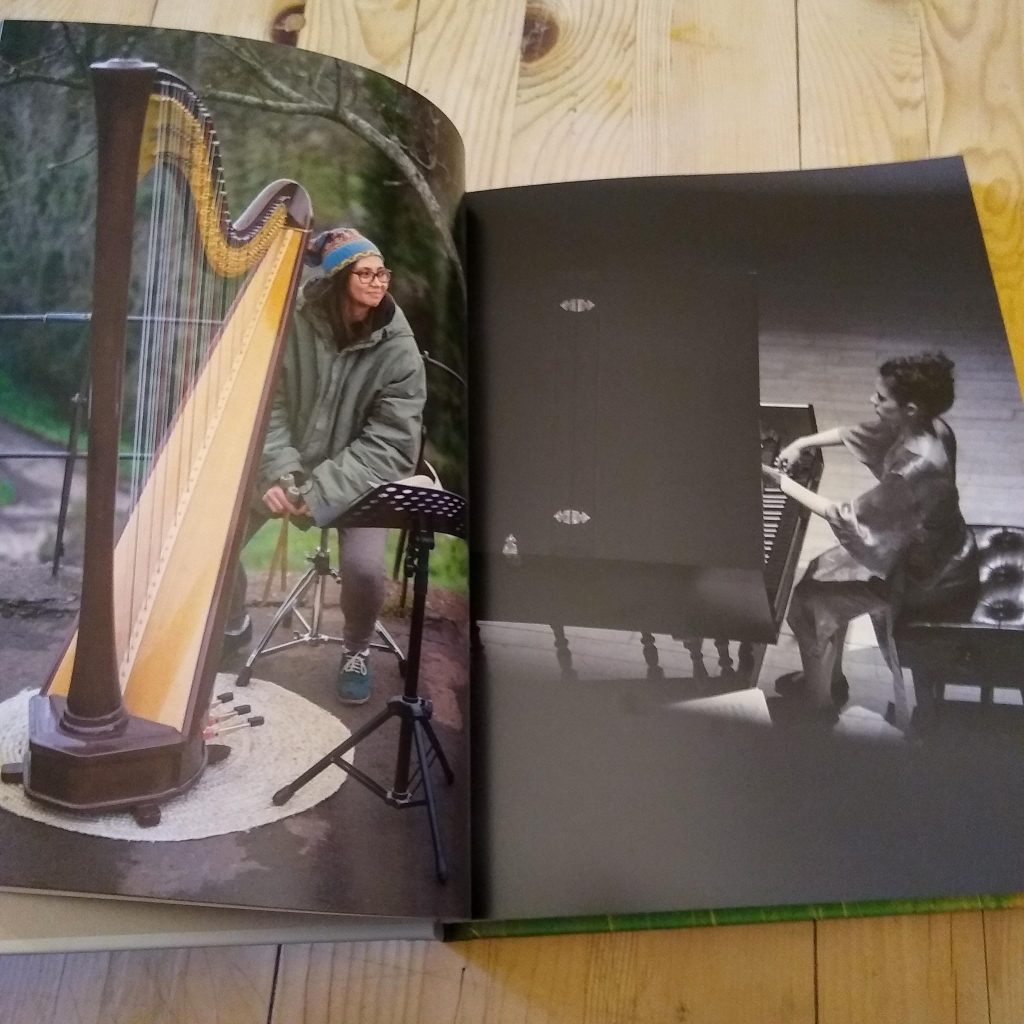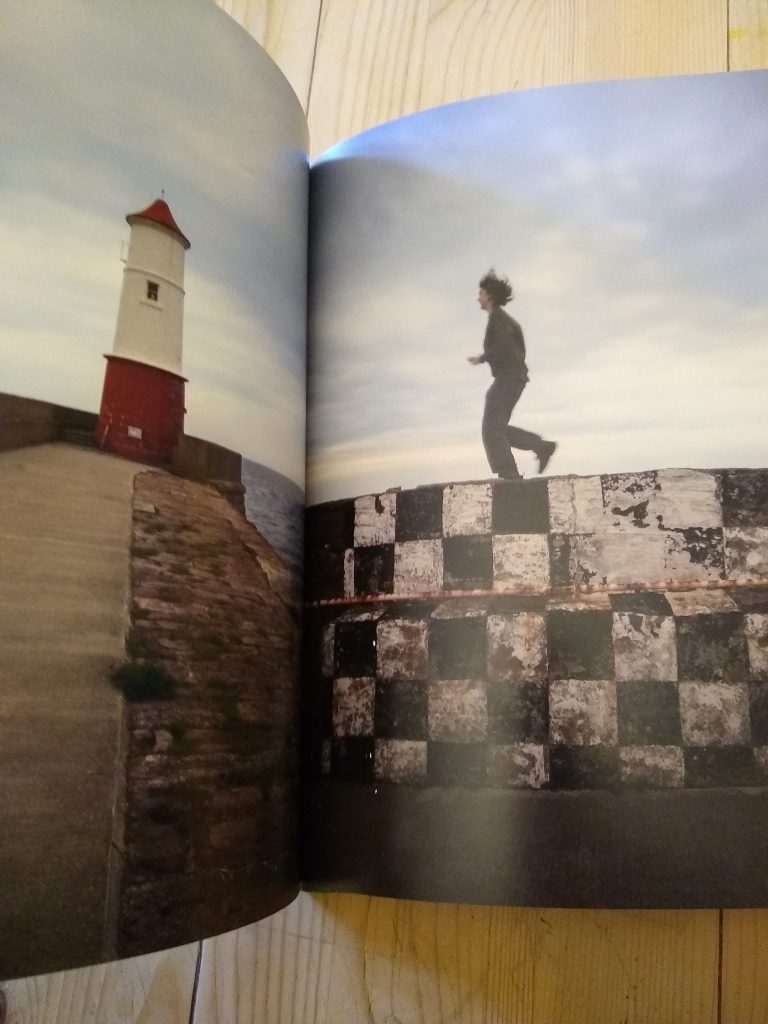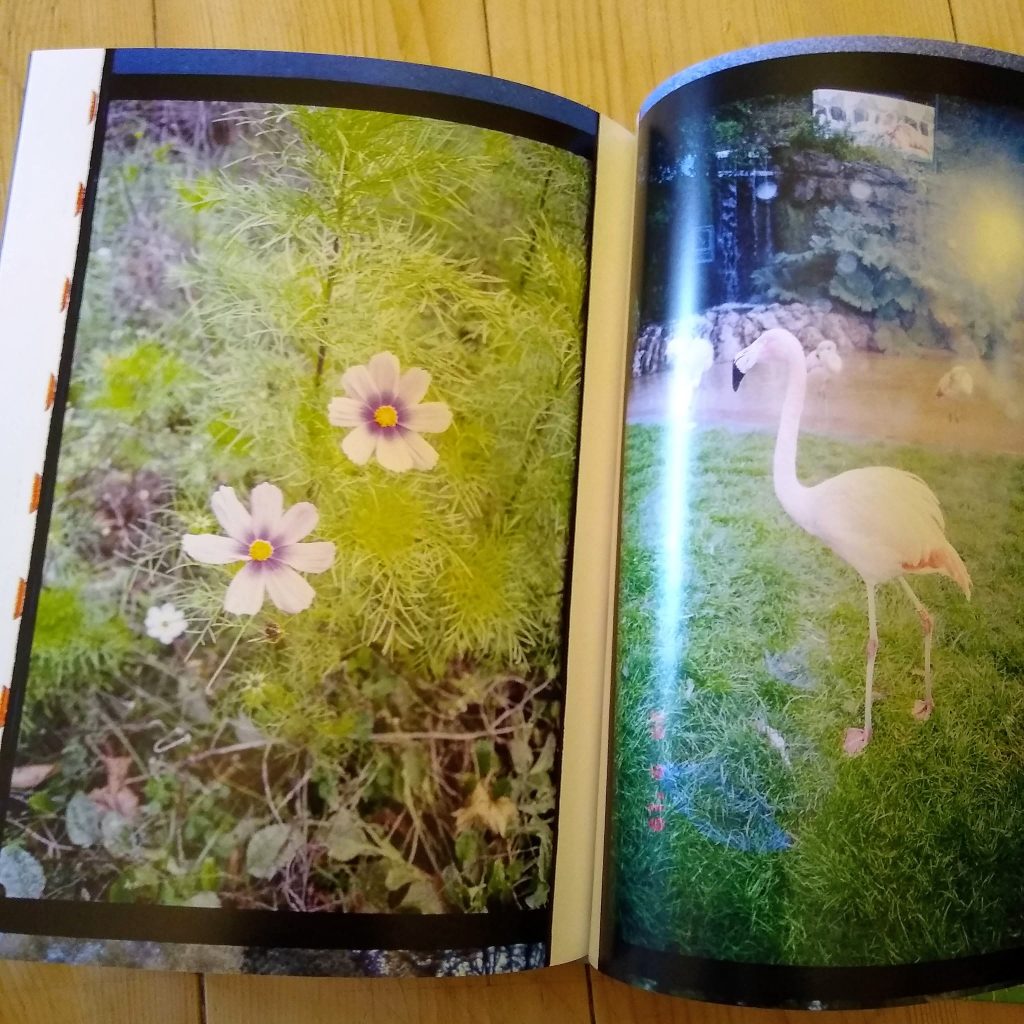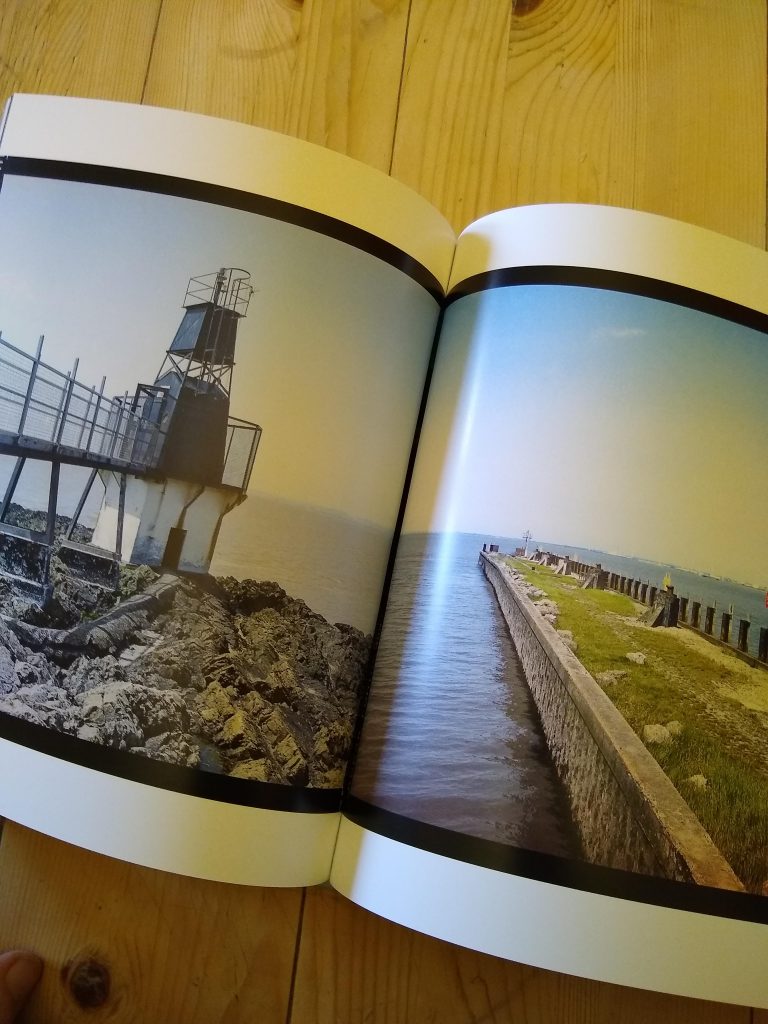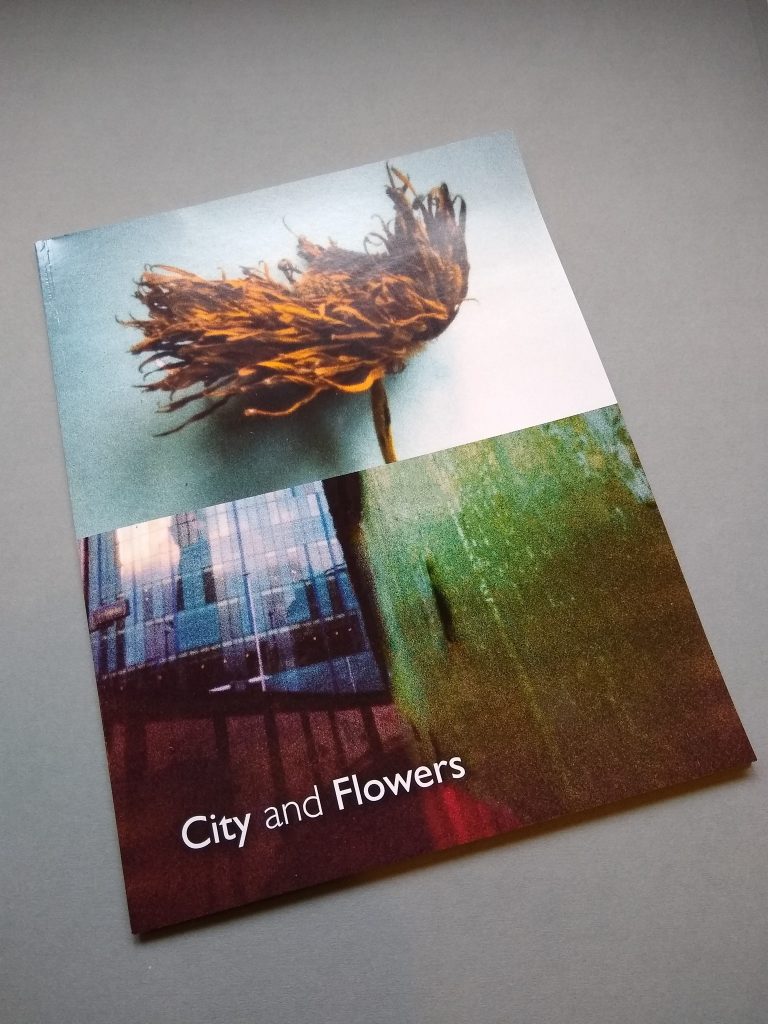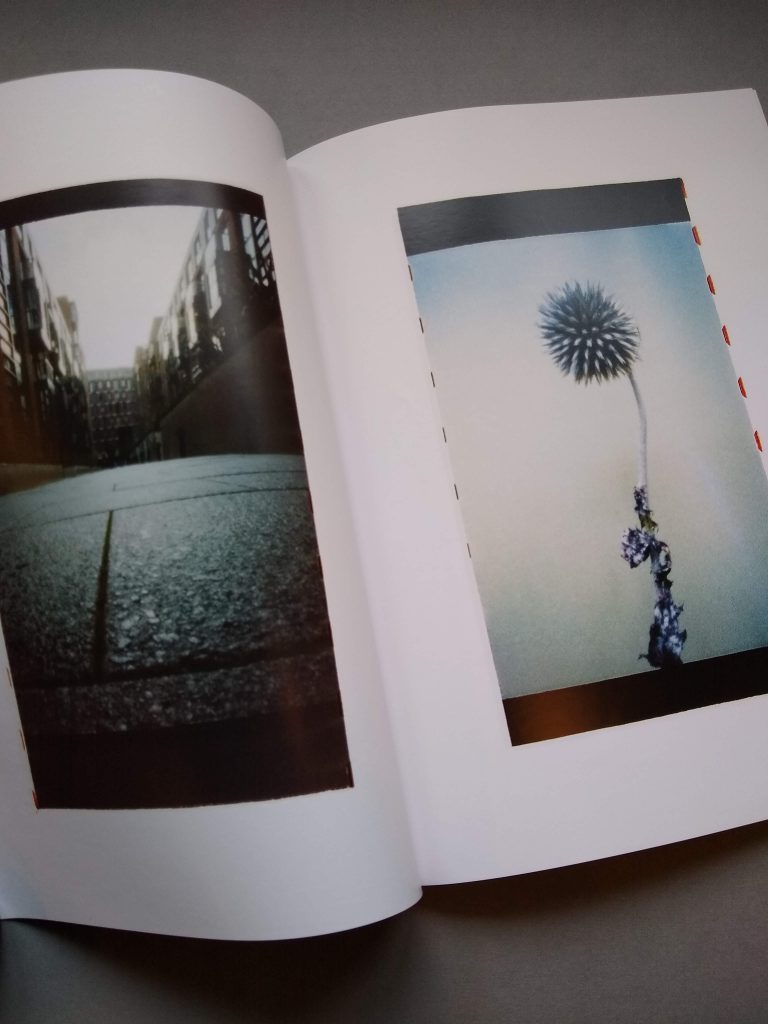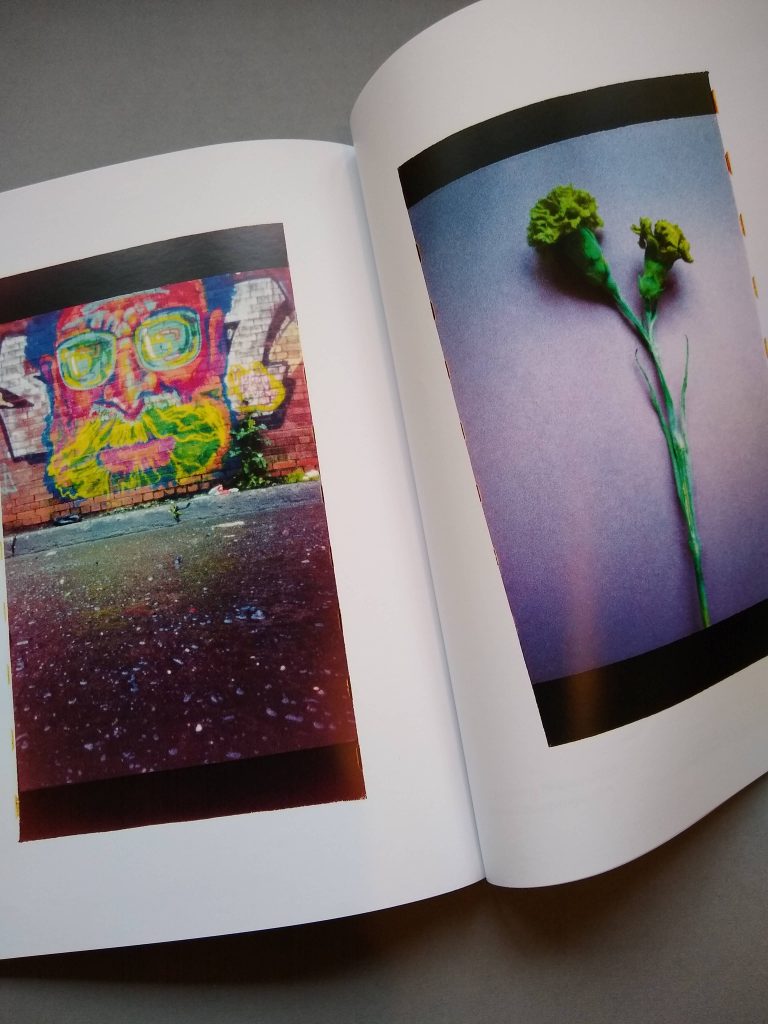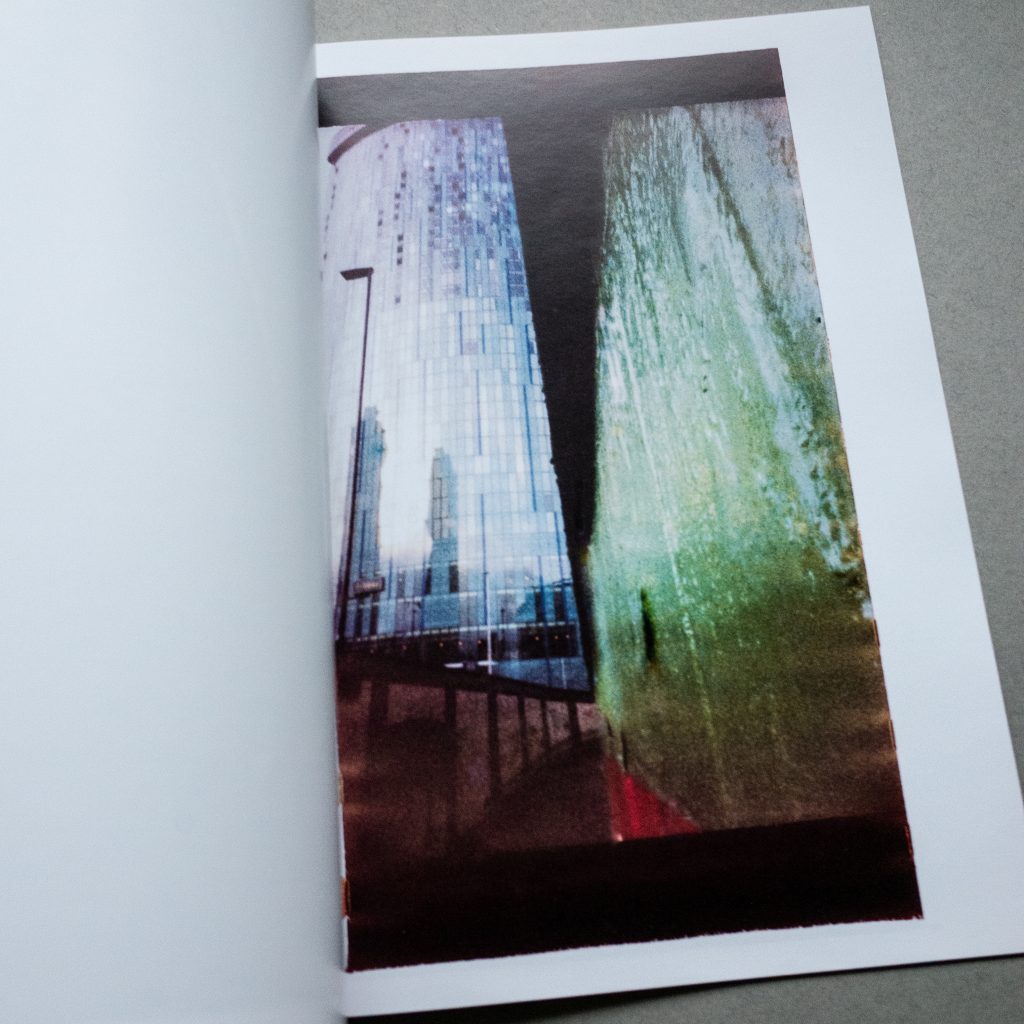Since first introduced in the 1930s, coatings have given photographers tough, reflection-free, contrasty lenses. And the same technology can be applied to the holes in pinhole cameras.
But is it worth it? Coating can add a degree of scratch resistance to a hole, but does it make a real-word difference to image quality?
Here’s a direct comparison between a coated and an uncoated hole – with science and images – so you can decide for yourself.
Continue reading “Pinhole photography: Coated and uncoated holes compared”